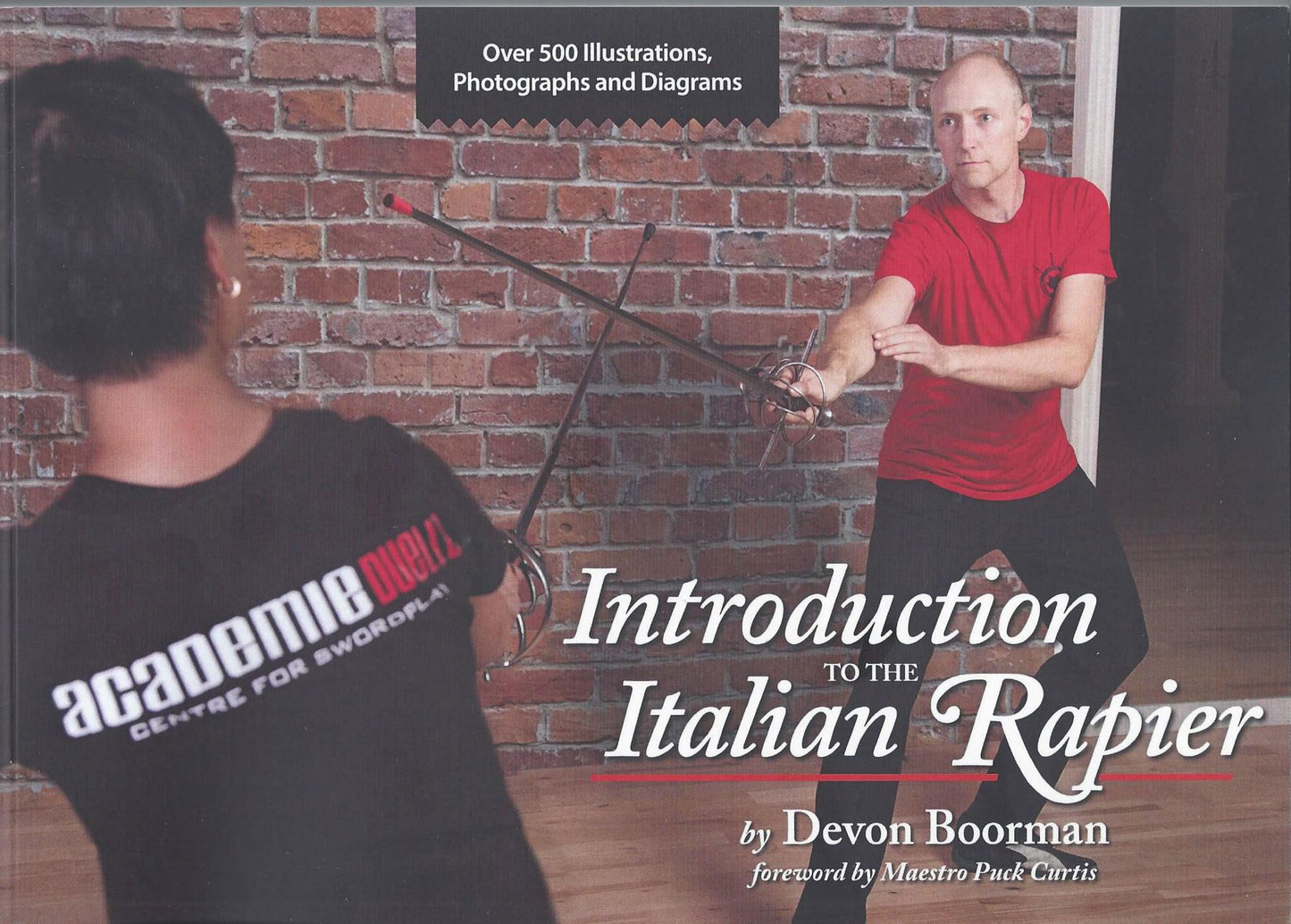We're sorry. An error has occurred
Please cancel or retry.
Introduction to the Italian Rapier

Some error occured while loading the Quick View. Please close the Quick View and try reloading the page.
Couldn't load pickup availability
- Format:
-
01 May 2018

The Italian school of swordsmanship was highly influential amongst the major courts of Europe and produced scholarly writings that are still reprinted and studied today. The rapier was the weapon of choice in the Renaissance at the peak of the duelling era; heavier than its modern counterparts, capable both of thrusting and cutting, it was often used along with a dagger, shield, or cloak.
Devon Boorman sets out the foundation for the art of the rapier through a clear modern approach. Beginning with the basics of body mechanics, through the techniques of movement, and the aspects of timing and blade control that made the Italian school so revered. Guidance on training and development of the techniques presented here are valuable and informative for practitioners of nearly any hand-to-hand weapons tradition.

HISTORY / General, History, SOCIAL SCIENCE / Archaeology, HISTORY / Military / General, SPORTS & RECREATION / Martial Arts / General, SPORTS & RECREATION / Fencing, HISTORY / Europe / Renaissance, Fencing, Archaeology, Early modern warfare (including gunpowder warfare), Combat sports and self-defence, Military history, History and Archaeology

Contents
1. Introduction to the Rapier
2. Posture
3. Attack & Measure
4. Movement
5. Gaining the Sword
6. Approaching Different Guards
7. Recovering Control
8. Defence and Counter-Offence
9. Tempo
10. Strategy
11. From Drill to Combat
12. Appendix - Notes on Historical Terms - Glossary
13. Endnotes



